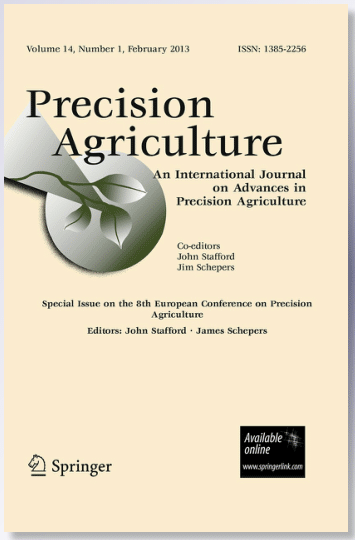Mapping the spatial variability of crops is critical for precision agriculture. In this sense, remote sensing is a key technology generally dependent on the result of vegetation indices (VIs). Therefore, investigating the sensitivity of VIs and their contribution toward explaining crop variability and assisting in predicting yield is one of the pathways scientific research needs to explore. In this study, we evaluated 12 VIs with different acquisition principles in four soybean-producing fields. Using these VIs proved to be interesting to increase the performance of yield prediction models using the Randon Forest algorithm. However, simply adding VIs to the model is not enough; these VIs must aggregate information on crop variability. Some VIs are calculated based on the variation of the scene under study, and these can be an interesting option to complement the information provided by more traditional VIs, such as NDVI, assisting in predictive models, even if their direct correlation with crop yield is low in some situations. We found that using VIs groups with the same acquisition principle in isolation did not allow reaching performance of models that contained more than one principle simultaneously. In this study, the CI and TC2 indices stood out. Thus, associating VIs with different acquisition principles and, consequently, capturing different responses to variability in vegetation vigor and canopy structure is more important than the number of predictor variables itself.



